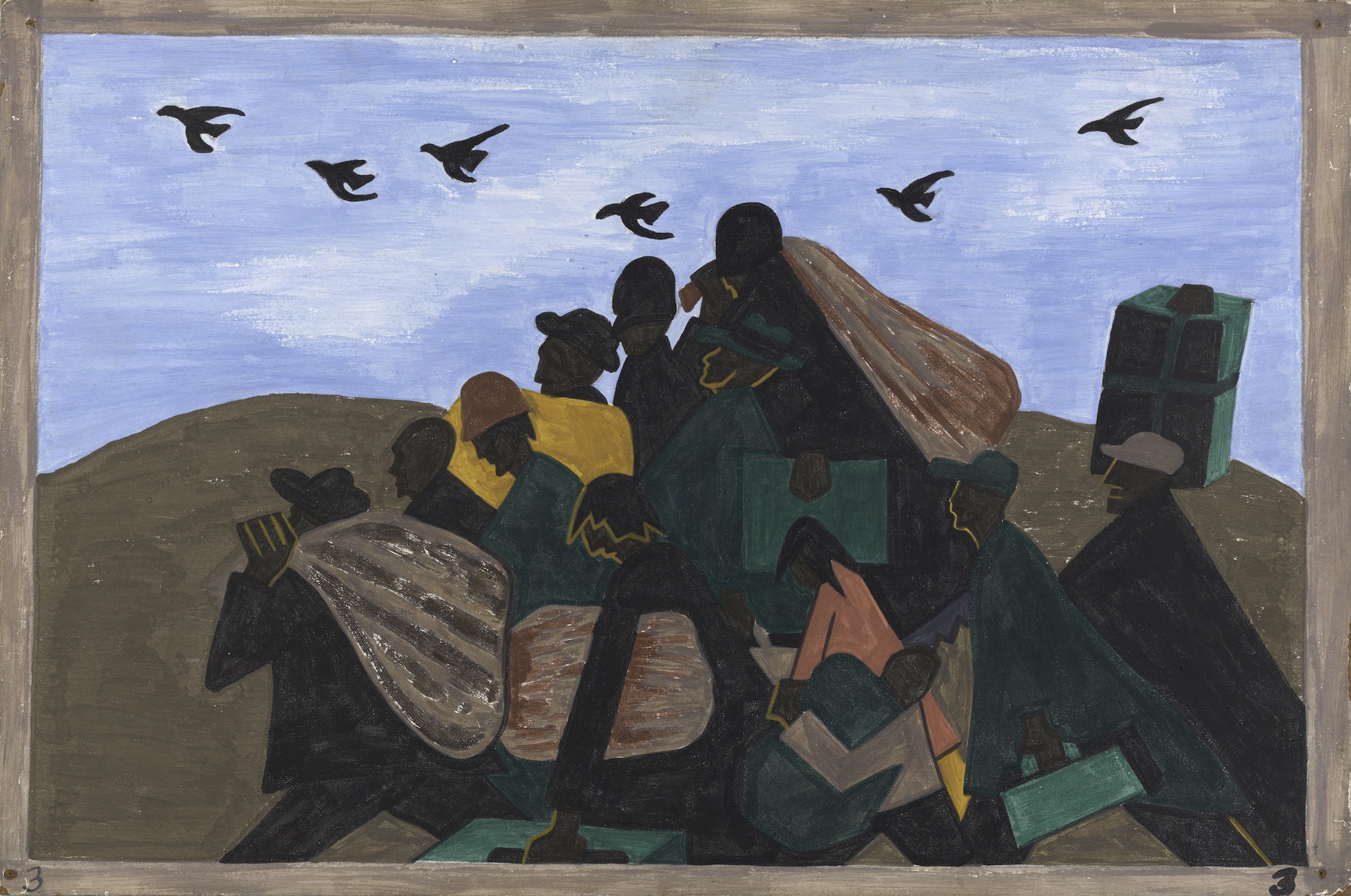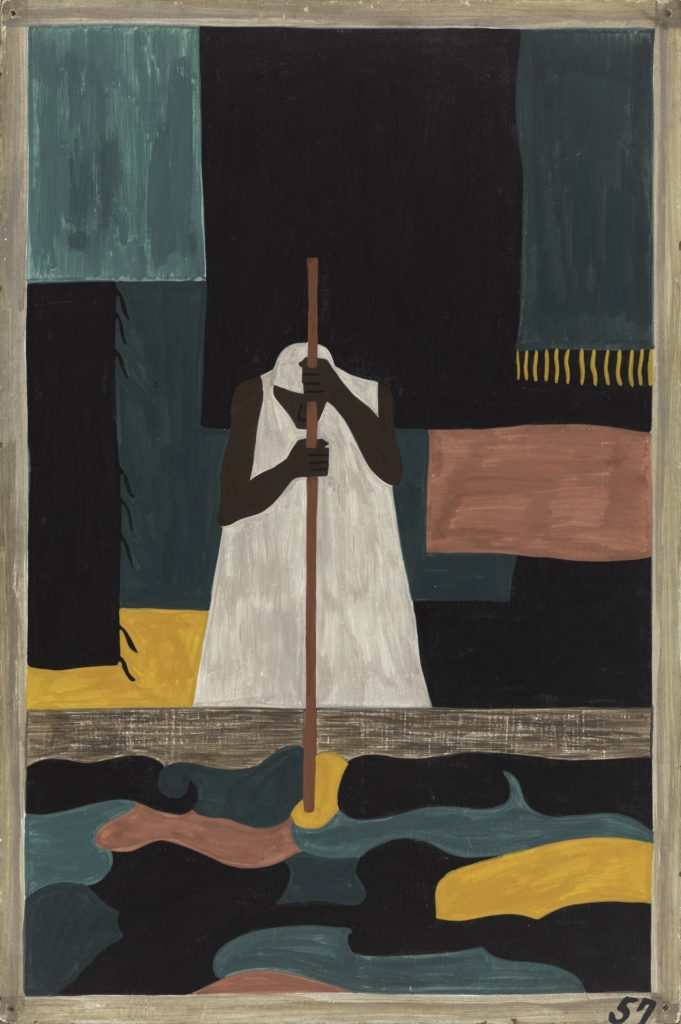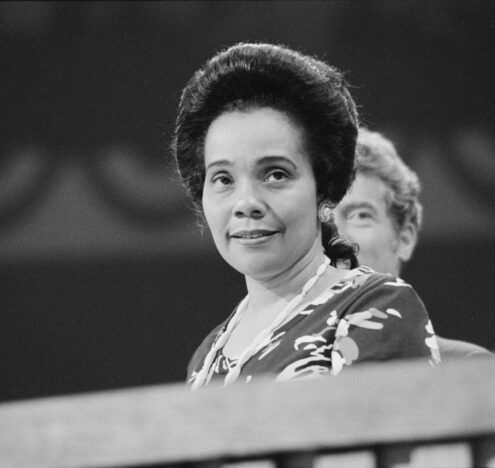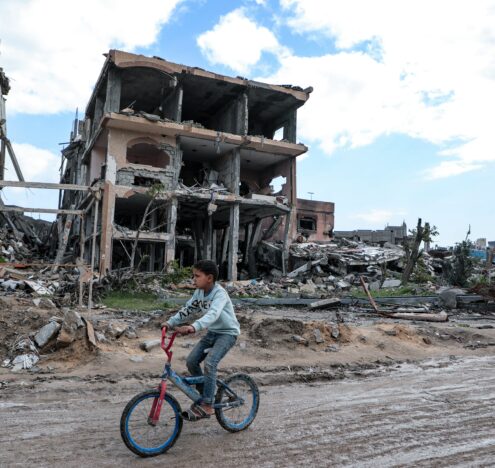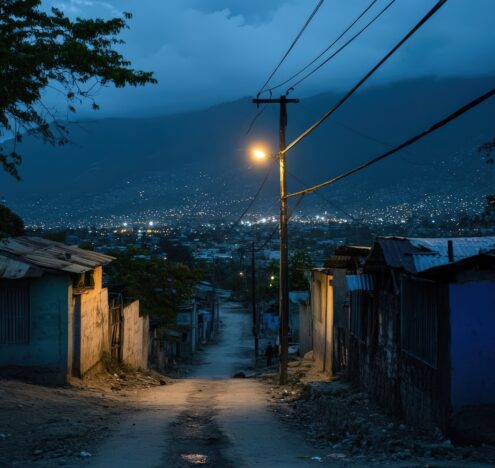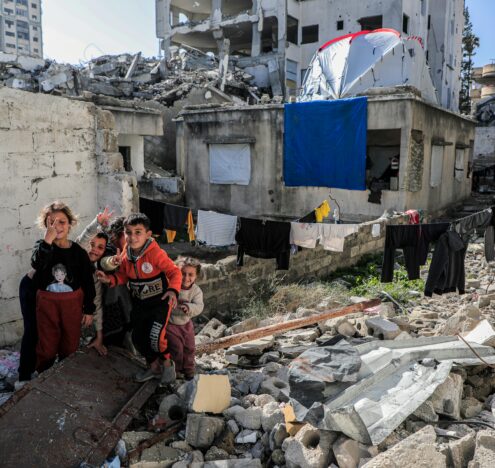For years, I have worked in positions focused on documenting human rights abuses and detailing atrocities that cause people to leave their countries of origin. As Chief of the Research Division in the Refugee, Asylum, and International Operations Directorate at US Citizenship and Immigration Services, under the Department of Homeland Security (DHS), and as a former managing editor of the State Department’s annual human rights report, I have researched countless wars and the population shifts that follow.
During the Gulf War in 1991, I tracked the movement of more than one million refugees who fled to Turkey and Iran, many facing imminent death after sheltering in the mountains without food or cover. On the grounds of an empty school compound in Uganda in 2012, in a large room with simple wood tables and assorted chairs, my DHS colleagues and I spent weeks interviewing hundreds of refugees from Somalia, Eritrea, and the Democratic Republic of the Congo. The room’s plain furnishings stood in contrast to the horrifying stories of violence, loss, and flight we listened to morning to night as we set in motion the process of bringing these individuals and families to safety in the US.
I know firsthand that the US can be a “welcoming” nation. But this compassionate side of America is hard to reconcile with the low number of refugees and asylum seekers the United States now admits, in part a consequence of 472 changes to immigration laws and policies that the previous presidential administration instituted. The Trump administration set the 2021 refugee ceiling at 15,000 people — just 15% of the refugee target of 110,000 set by the Obama administration in 2017, according to the Migration Policy Institute. And in two of its four years, the Trump administration admitted the fewest number of refugees per year since the resettlement program began in 1980.
While not all directed at refugees and asylum seekers, the 472 changes to immigration policy ended the dreams of many immigrants of color. The Biden administration is working to rescind many of these changes, but the damage to US refugee and asylum programs was profound, and recovery will take years. While reflecting on the damage and how to move forward, I felt compelled as an African American to engage in a deeper examination and conversation with US history, migration, immigration, protection, and their intersection with race and my family’s story.
An Overlooked Narrative — Our Own History
A few years ago, I started researching my genealogy and found a powerful convergence between my family history and my current work on asylum, refugees, and humanitarian protection. In the quiet Special Collections Room of the Martin Luther King Jr. Memorial Library Library in Washington, and in the Library of Congress, I discovered documents that revealed unknown family history and ties to a network of Civil War era institutions established to protect African American refugees. Scanning US census records, I discovered that my paternal grandmother and her older sister were orphaned at ages 5 and 11 and placed in an orphanage known as the National Home for Destitute Colored Women and Children in Washington, DC (“the Home”). During the Civil War, fighting displaced hundreds of thousands of African Americans, who desperately searched for safety. Their journeys led abolitionists to create an informal network of “asylums” or homes to care for them. My grandmother, Edna Wineberg, and my great-aunt, Bess Wineberg, were recorded as residents in the Home in 1910.
If we confront the tragedies at home and incorporate the stories of African American migration into the mainstream of American historical discourse, we can begin to make amends to those who we failed to protect and better assist those who need help today.
The circumstances surrounding their placement in the orphanage remain a family mystery, but I was eager to learn what I could of their childhood and I continued to research the origins of the orphanage. Established in June 1863 during the Civil War, the home opened at Burleith, a Georgetown mansion owned by Richard S. Cox, who abandoned his property to join the Confederacy. The orphanage served as “a response to the crisis of orphaned refugee slaves in Washington,” according to historian Carlton Fletcher. One of a handful of institutions established during the war years to care for African American refugees trying to find safety and protection behind Union lines, the Home received 64 formerly enslaved persons, most of them children.
Sadly, the refugees who survived the journey out of enslavement through the war-torn South found little safety, protection, food, or shelter, even when they reached free states. Between 1862 and 1866, thousands of African American refugees entered Washington, but as many as a third died from unsanitary conditions in the shanties and makeshift camps they inhabited.














